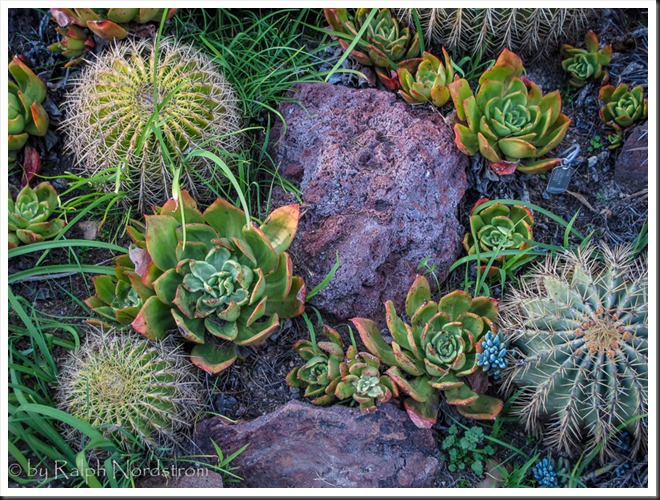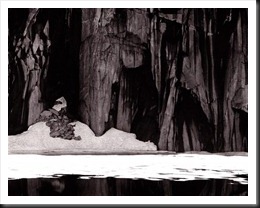Back in the mid 1800s photography was just born. New advances were made in rapid order. All those that saw the amazing photographs were struck with their realism. Painters who made their livings from portraits saw their businesses shrink virtually overnight, replaced by the camera.
It was the realism that separated the photograph from the other visual arts. The generally accepted idea was that photographs could never be art. And yet, some photographers took exception with that. They contended that photographs can be art and they borrowed techniques from painters to prove it. In England, Henry Peach Robinson published his ground-breaking book in 1869, Pictorial Effect in Photography: Being Hints On Composition And Chiaroscuro For Photographers, that powerfully and effectively not only made the case for photography as an art form but provide guidelines on how to accomplish that end. Pictorialism became a movement that swept European photographers and, in the United States, had Alfred Stieglitz as its most influential proponent and promoter. Even Ansel Adams had his Pictorialism period.
While pictorialism was many things, one of the defining qualities was a soft focus to reproduce the effect generally seen with paint on canvas. Composite images made from more than one negative were also very common and well accepted, even demanded. But the main intent was to create photographs that went beyond realism and elicited an emotional response in the viewer.
Photography continued to evolve as an art form along with Modernism and the social and intellectual movement it spawned. Group f/64, founded by William Van Dyke and Ansel Adams in the San Francisco area, rejected the notion that fine art photography must have a soft focus. Adams, upon meeting with Stieglitz in New York, convince him that photographs of the natural world that were in sharp focus were also art.
Not only that, but Adams also developed the Zone system that brought a high degree of precision and accuracy, providing photographers with great control through the interpretive decisions they made in each step of the photographic process. One can get insights into the numerous decisions from Adams’ insightful book Examples: the making of 40 photographs. The path shaped by each decision they made took them to the final print and what they visualized it would convey. Each photographer was in complete control of the entire process.
Eventually Kodak and other film companies took over the development and printing part of the process. This removed the investment individuals would have to make not only in the needed equipment, chemicals and time but also the knowledge and experience required to make the decisions that led to the final print. On the one hand, photographers lost control of a good part of the process but on the other hand the masses gained access to this wonderful new technology and the benefits it provided. They delivered the undeveloped film to the lab or the neighborhood photo store and a few days later received the developed negatives and prints.
Exposure was hit and miss for the general population. The professional and serious enthusiasts used light meters to calculate their exposures. But the general public just guessed although in many cases their cameras didn’t give them any control over exposure. It was only a matter of time, however, before camera manufacturers would incorporate light meters in the camera itself. The first one I ever saw had a gauge with a needle on the top of the body that would move back and forth as the aperture and/or shutter speed was adjusted. The idea was to line up the needle with the mark in the middle. The same decisions used with the light meter were essentially incorporated into the camera. Continue reading “Photography as Art – A Brief History”
(72)


